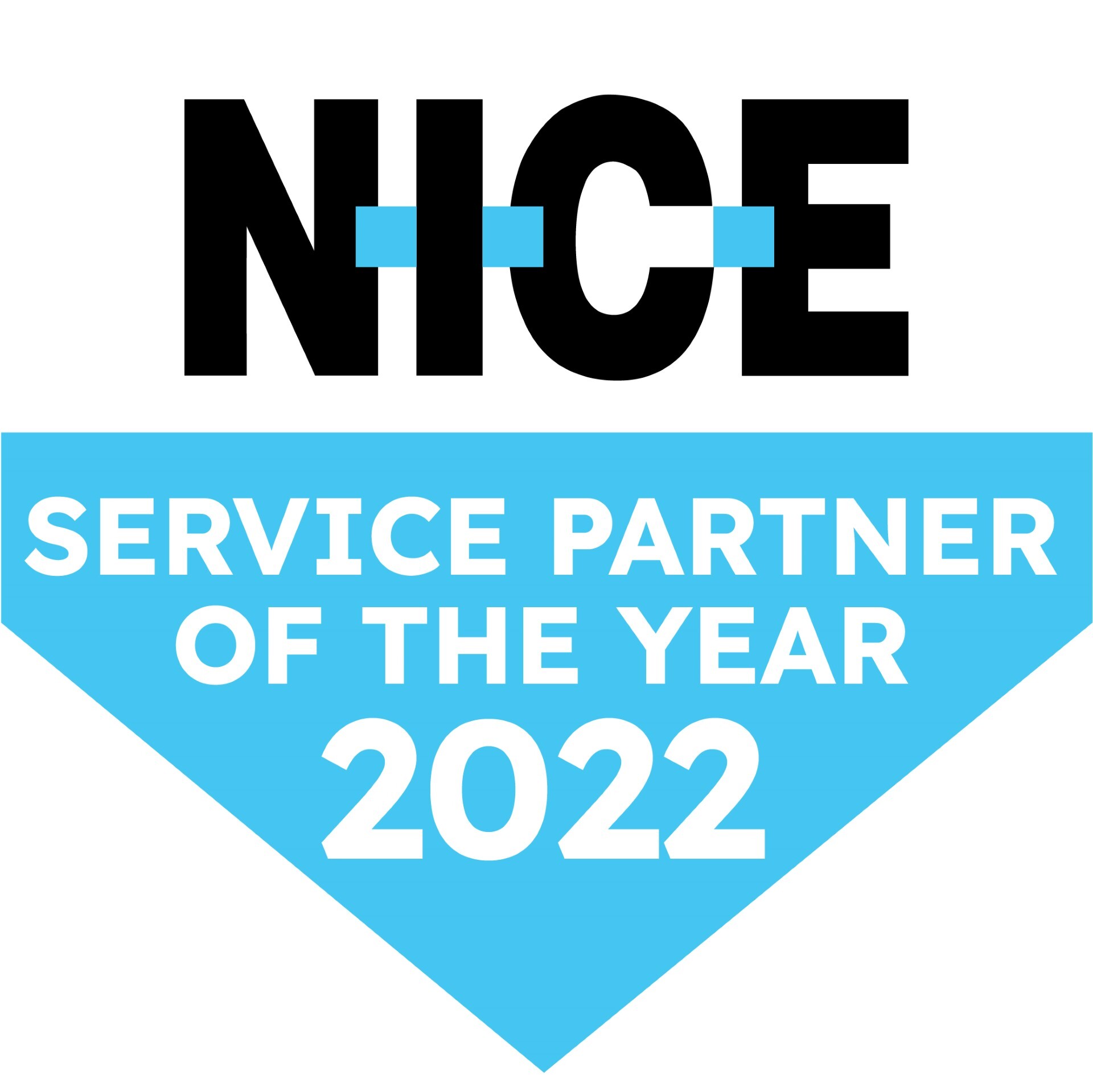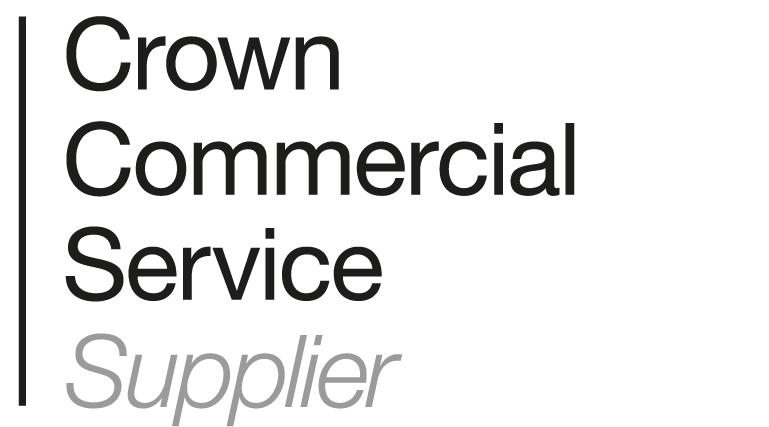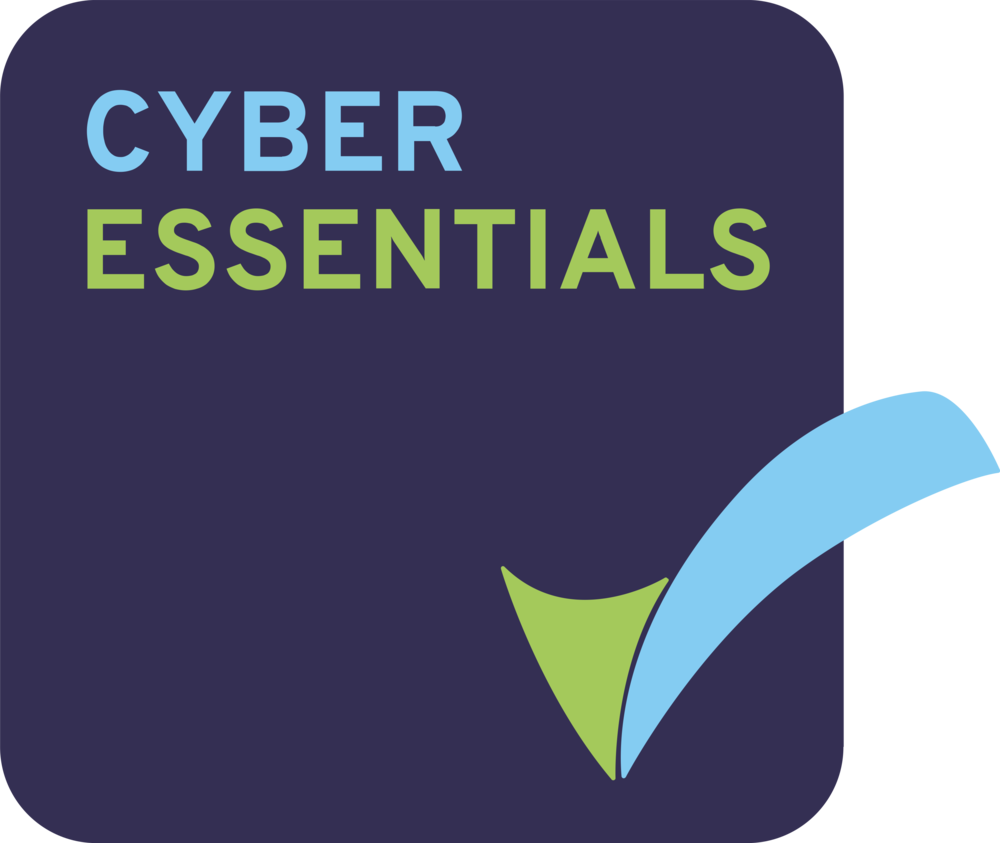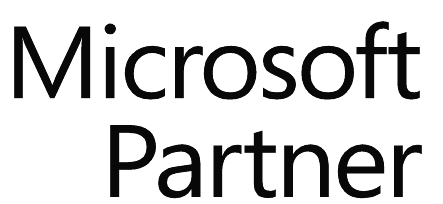Business Systems’ Tim Thurston explains the challenges Financial Institutions face with recording voice for MiFID II compliance.
MiFID II specifies that telephone conversations and electronic communications intended to result in transactions need to be recorded. Why do financial institutions and compliance officers struggle with voice, ie telephone conversations, when it comes to trade reconstruction?
What MiFID and MAR want is a fairer, safer and more efficient market. They want to provide greater transparency and stronger investment protection because of market abuse and fraud incidents, and the scandals that have come out recently. And that causes huge problems. To be able to observe these mandates, financial institutions and regulators need to be able to have visibility of the pre-trade, trade and post-trade data, whether these come from electronic or voice communications. And the latter, voice, is particularly difficult.
Therefore the challenge that financial institutions have in trying to adhere to MiFID II, MAR and ESMA standards, is to be able to include voice in their processes so they can provide greater transparency and reconstruct trades with not just the electronic communications data, but also the voice data from the recordings that exist only in the voice recording platforms.
What makes voice data so difficult to manage, as opposed to electronic communications?
Electronic communications have always been simpler to manage because it’s all structured data. It exists on systems that electronic communications platforms are familiar with. But still much of the really important transactions, orders, confirmations, cancellations or changes, are still conducted over voice channels and captured by voice recording platforms. Electronic communications platforms however, struggle with voice because a) it’s unstructured data and b) they exist on voice recording platforms that often capture the voice in proprietary formats and with strict access rights that aren’t available to 3rd party systems (like Actimize, Bloomberg Vault and other trade reconstruction platforms), which are all very important tools that most of the Tier 1 banks use and many mid-small Financial Institutions are now taking up because of the new regulations.
Where does voice data reside?
Voice Recording Systems
The voice recording systems that FIs use are all capable of recording front office and back office communication channels, traders’ turrets, Avaya and Cisco phones etc. Those systems come from manufacturers like NICE, Verint, Red Box and they all capture voice, store it on a secure location usually within the institution’s own premises and network storage or on the servers themselves. They will tag it with the relevant metadata like time, date, duration, trader ID, caller ID and any other information that is available from the PBXs and the trade systems that the voice recorders integrate to. The recording is tagged within the recording platform where it is stored in a secure fashion, so only authorised members of staff, usually compliance, will have access for trade reconstruction, ongoing compliance investigations and daily compliance monitoring.
For historical trades, ease of access and retrieval depends on the medium in which the calls are stored on. If the recordings are stored on network storage (typically that is online and available to the voice recorder) they should be easily accessible from the front end. As long as the voice recording is tagged with the relevant metadata, the FI should be able to find that recording through the recording platform.
The problem in this picture lies in the systems’ interoperability or lack thereof. Many financial institutions will have an estate of recorders of different makes. Unfortunately there is no interoperability between systems from different manufacturers –they store calls in different ways, they allow access to the calls in different ways. Certainly there are similarities in how they do it, but ‘under the hood’ it works very differently so banks can only replay the calls with systems from the same manufacturer. And the problem further magnifies if the financial institution has recordings on tape.
Tape
If the institution is storing the call offline, say on tape, then that has more of a challenge. They need to make sure the tape is labelled properly, easy to access, and that the tape is in good condition and hasn’t degraded at all, especially if it is old. Quite often, if they are looking for investigation purposes, that investigation could span months or years, and all the relevant recordings might span tens or hundreds of tapes. We are doing an investigation right now and it’s spanning probably around 5 years and 250 tapes for one person!
Tapes have a limited life span of 5-7 years and most banks that still have tapes have much older tapes than that. Furthermore, the tape drives themselves are prone to breaking and, depending on the type of drive, many are now end of life and unsupportable (e.g: DAT72, DAT160).
So there are financial institutions who have huge amounts of tapes in their archive but will not know whether the tape actually works or not until they load that tape into the recorder tape drive. Therefore, they will have no idea if these recordings are available or not, which is potentially a dangerous position to be in.
Laborious process
If there is an investigation, extracting all the different calls related to a trade or trader will be a very manual process. The FI will have to go in and listen almost call by call or tape by tape. If it is stored on a voice recording platform, they will probably be able to extract each call as they listen to it, or there may be a functionality to extract a whole list of calls and do a bulk export -still a very manual process. It requires an engineer to sit there, extract the calls, put them in a hard drive and give them to compliance who will then include them in their report to the regulators. If the recordings are stored on tape, this is an even longer process that typically takes a day per tape.
What can a Financial Institution do to tackle voice?
What the trade reconstruction and electronic communications platforms want from an FI is a store of all their voice recordings and the relevant metadata in an open format which they will be able to pull in. This is a 2-stage process, 1] Extract 2] Ingest, so what banks need to do is somehow extract the voice recordings with their metadata and present it to the platforms in an open format.
In an ideal world you would have all your records in one system. As we mentioned though before, in the real world it is extremely difficult. Your live voice recording system is the platform that you use on a daily basis. If you have a different legacy voice recording system or multiple different legacy voice recording systems there are technical barriers that don’t allow them to migrate these calls from one systems to another. For tape, the first and most important thing they have to do is get those recordings off tape, so you can store them long term and have quick access to those calls.
Robotic Process Automation can help in this process by searching the required calls with their metadata and automatically extract those calls to a shared location in a standard format. That probably is the most efficient way of extracting calls as it also comes with an audit trail of that process which will then safeguard those data. And once this process is completed, then the electronic communications platform can pull these calls with their metadata in and run them alongside all the emails, IMs etc along a specific timeline. And then if they want to create a Suspicious Transaction and Order Report (STOR) they have all the data they need, voice and non-voice.
For ongoing compliance monitoring, what you can probably do, and what we have done with some of our customers, is to provide a single portal to search and replay all your voice recordings from all your legacy systems, whether that’s network storage or tape. And then if you wanted to you could extract on a daily basis all your live recordings from your live system into this single portal. So you could have a single pane of glass to search and replay all your voice recordings, whether that is for a specific investigation or for ongoing compliance monitoring. Once there, these recordings could be exported into a standard format for use within Trade Reconstruction or Speech Analytics platforms.
| Tim Thurston has extensive experience within Fintech and Financial Markets, specializing in voice recording and workforce optimisation technologies. As Business Development Manager at Business Systems (UK) Ltd, he has overseen the successful design and implementation of many significant projects for major financial institutions. |






